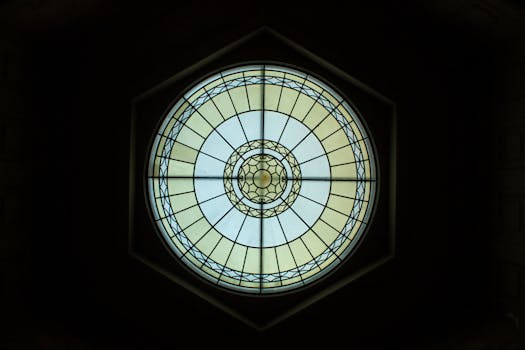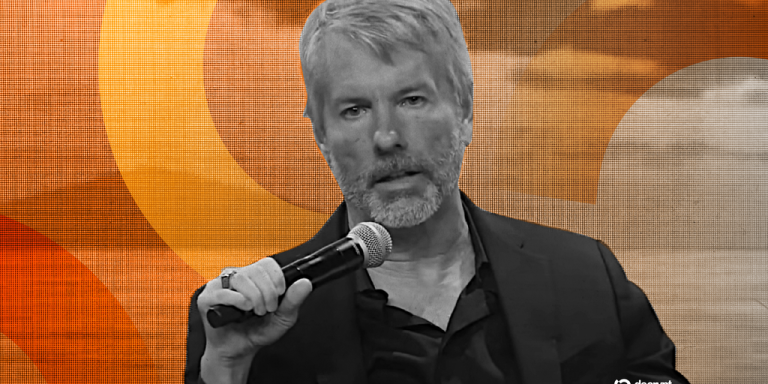
Traveling Through Time: How Europe’s Historical Heritage Shapes Modern Lifestyles in 2025
Introduction to Europe’s Historical Heritage
Traveling Through Time: How Europe’s Historical Heritage Shapes Modern Lifestyles in 2025. Europe, a continent steeped in history and culture, has a unique ability to transport us through time. From the ancient ruins of Greece and Rome to the medieval castles of Britain and France, Europe’s historical heritage is a treasure trove of architectural, artistic, and cultural riches. As we journey through the continent, we find that the past continues to shape the present, influencing modern lifestyles in profound ways.
The Evolution of Architecture
One of the most visible ways in which Europe’s historical heritage shapes modern lifestyles is through architecture. The continent is home to some of the world’s most iconic buildings, from the Colosseum in Rome to the Eiffel Tower in Paris. These structures not only reflect the engineering and artistic prowess of their time but also continue to inspire modern architects. Many contemporary buildings, such as the Guggenheim Museum in Bilbao, Spain, and the Tate Modern in London, pay homage to the past while incorporating innovative materials and designs.
The Enduring Influence of Art
Art has long been a cornerstone of European culture, with masters like Leonardo da Vinci, Michelangelo, and Vincent van Gogh leaving an indelible mark on the continent’s aesthetic landscape. Today, their works continue to inspire artists, designers, and artisans, who draw upon traditional techniques and motifs to create innovative and modern pieces. From the street art of Berlin to the fashion designs of Milan, Europe’s artistic heritage remains a vital force, shaping modern lifestyles and creative expression.
Culinary Traditions and Modern Twists
Europe’s culinary scene is a rich tapestry of flavors, ingredients, and cooking techniques, with each country and region boasting its unique specialties. From the pasta dishes of Italy to the seafood stews of Portugal, traditional cuisine continues to play a significant role in shaping modern lifestyles. At the same time, contemporary chefs are reinventing classic recipes, incorporating new ingredients and cooking methods to create innovative and exciting dishes. The result is a vibrant food culture that blends tradition and modernity, reflecting the continent’s historical heritage while embracing the diversity of modern Europe.
Preserving the Past, Embracing the Future
As we travel through Europe, we find that the past and present are intertwined, each informing and enriching the other. Historical heritage sites, such as museums, castles, and monuments, serve as testaments to the continent’s rich cultural legacy, while modern amenities and infrastructure ensure that these sites remain accessible and vibrant. By preserving the past, Europe is able to embrace the future, fostering a sense of continuity and shared identity that underlies modern lifestyles. Whether we are exploring the ancient ruins of Greece, the medieval towns of Germany, or the modern cities of Scandinavia, we find that Europe’s historical heritage continues to shape our experiences, inspiring us to appreciate the beauty, diversity, and complexity of human culture.






